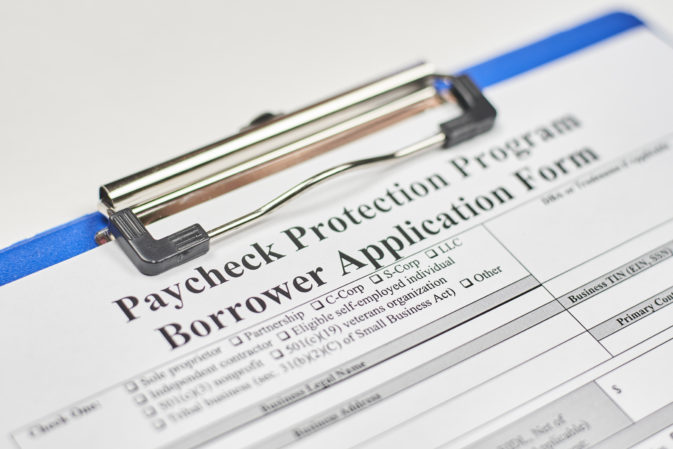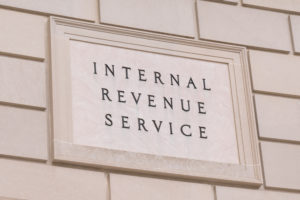Paycheck Protection Program Update

The Small Business Administration (SBA) announced that after just one week of opening applications, it has already approved over $5 billion in small business loans through the Paycheck Protection Program (PPP). These loans went to 60,000 businesses and will be converted into grants if the businesses follow the guidelines set forth by the SBA.
While the approval of loans has been slower than the last round of PPP in April, the extra time was used to ensure small lenders, lenders in underserved areas, and firms owned by women, veterans and minorities were prioritized.
Additionally, the SBA and Treasury Department released documents outlining how first and second time PPP borrowers should calculate maximum loan amounts based on payroll costs and revenue reduction (when applicable). The documents and calculation guidance are broken down below.
Guidance for first-draw borrowers
In the 12-page document, the SBA and Treasury includes 14 questions and answers, breaking down various scenarios and the documents needed to apply based on the type of organization that is applying.For example, self-employed business owners with no employees, should use the businesses 2019 IRS Form 1090 Schedule C line 3 net profit amount. If this is over $100,000, reduce it to $100,000. If it is zero or less, the business is not eligible for a PPP loan. Second, calculate the average monthly net profit amount. Third, multiply the average monthly net profit amount from the second step by 2.5. Finally, add the outstanding amount of any Economic Injury Disaster Loan (EIDL) made between January 31, 2020 and April 3, 2020 that the business seeks to refinance. This does not mean EIDL COVID-19 loans (they do not need to be repaid).
The document provides similar information for self-employed business owners with employees, and self-employed farmers or ranchers, as well as how partnerships, S corporations and C corporations, not-for-profits, veteran organizations, religious institutions and tribal businesses should apply. It also includes information on what set of instructions LLC owners should adhere to, and more.
Guidance for second-draw borrowers
In the 18-page document, the SBA and Treasury includes 24 questions and answers, breaking down various scenarios based on the type of organization that is applying.Eight of the questions focus on revenue reduction, aiming to determine if businesses experienced a 25 percent decrease in gross revenue during at least one quarter of 2020, compared to the same quarter in 2019. If the borrower did experience this decline, they can apply for a loan of up to $2 million.
The remaining 16 questions pertain to how a small business can calculate the maximum amount it is eligible to receive during the second round of PPP funding.
Additional Information and Guidelines
As of Tuesday, January 19, the PPP loan portal is fully open to small businesses to submit first- and second-draw PPP loan applications. Learn more here.
PPP borrowers can set their loan’s coverage period to be any length between 8 and 24 weeks, based on their business’ needs.
PPP loans provide greater flexibility for seasonal employees.
The SBA and Treasury have also released information on excess loan amount errors. If a business received a larger PPP loan than it was eligible for, the borrower is not allowed to receive loan forgiveness for any amount exceeding the allowed maximum.
Check JobCreatorsNetwork.com regularly for updates on PPP funding.




